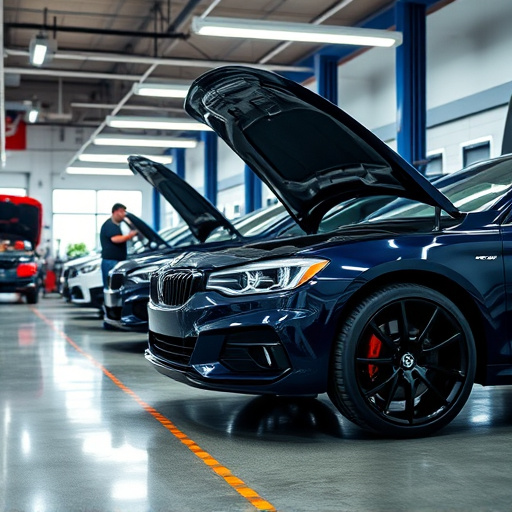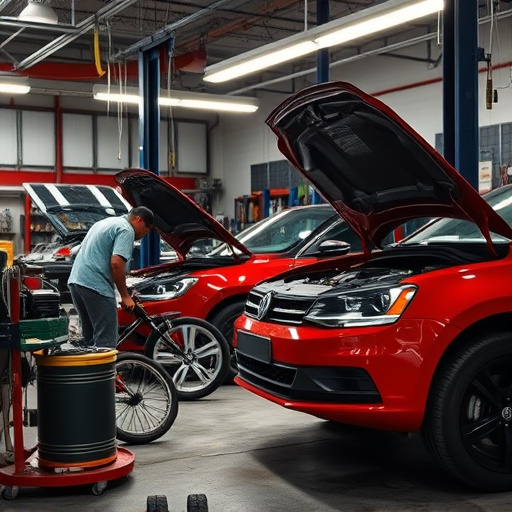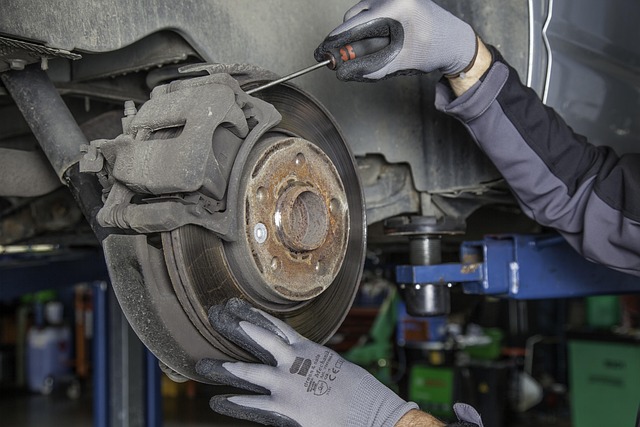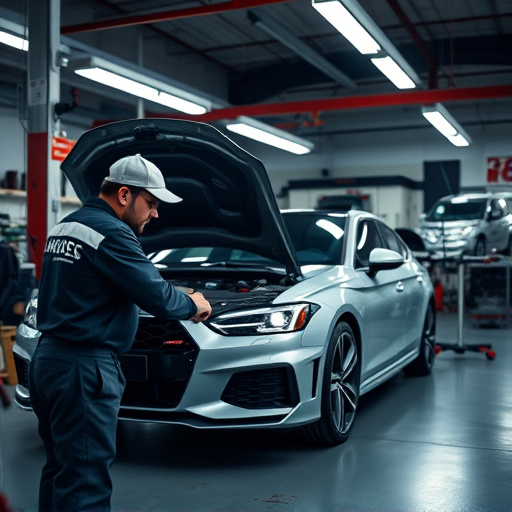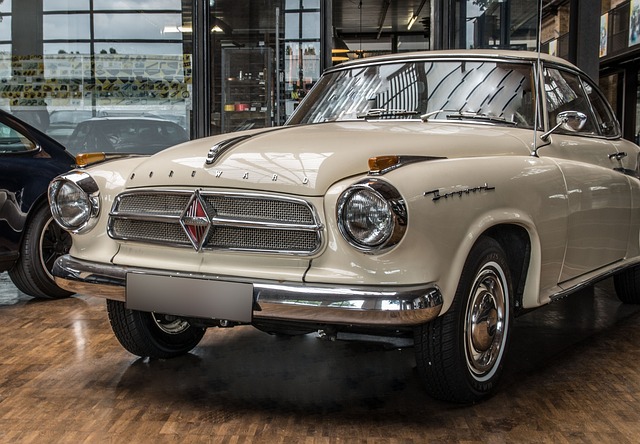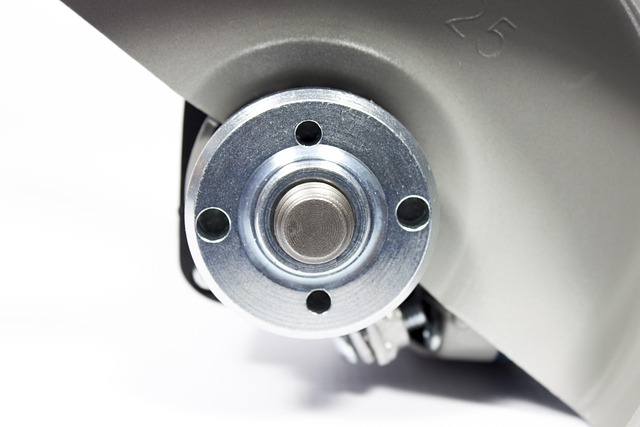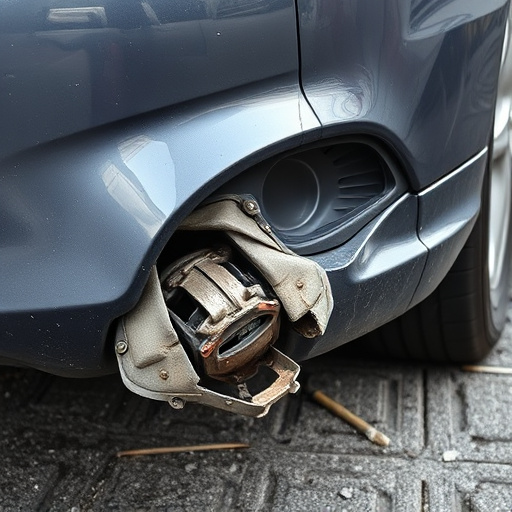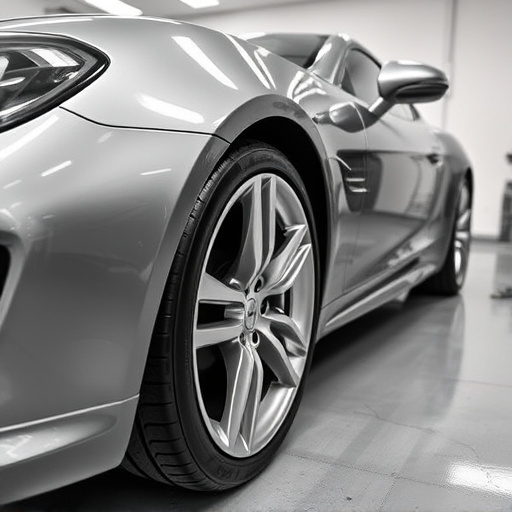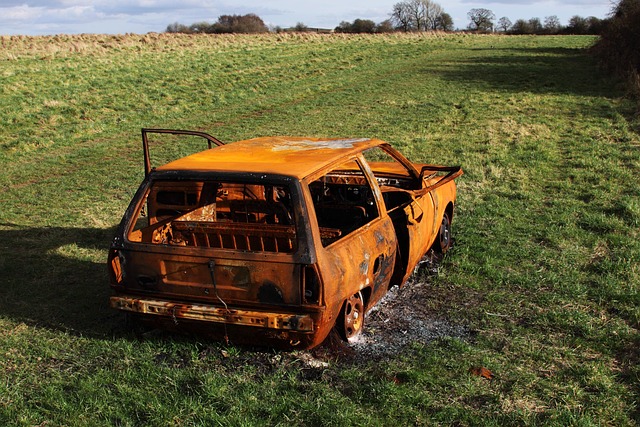Professionals in steel panel dent repair use specialized tools ranging from pneumatic hammers for precision removal to dent pullers with suction technology and portable sanders/polishers for invisible repairs. Hand tools are preferred for intricate work while power tools offer speed for severe dents, though they require training. Advanced equipment like air-powered hammers and computer-aided machines revolutionize repair efficiency and aesthetics in automotive body shops, appealing to both professionals and enthusiasts.
In the realm of professional auto body restoration, efficient steel panel dent repair is paramount. This intricate process demands a variety of specialized tools tailored to different scenarios. From hand tools offering precision control to power tools enhancing speed and efficiency, this article explores the diverse array of equipment used in modern steel panel dent repair. We delve into the pros and cons of hand vs power tools and highlight advanced techniques utilizing specialty equipment for optimal results.
- Popular Tools for Steel Panel Dent Repair
- Hand Tools vs Power Tools: Pros and Cons
- Advanced Techniques Using Specialty Equipment
Popular Tools for Steel Panel Dent Repair
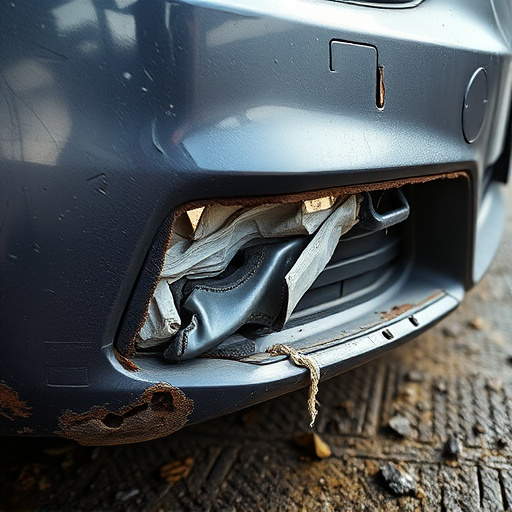
In the realm of steel panel dent repair, professionals rely on a suite of specialized tools to achieve flawless results. Among the most popular are pneumatic hammering tools, which offer precise control and efficiency in removing dents from metal surfaces. These tools are highly versatile and suitable for various vehicle types, making them an indispensable asset in any car body shop or auto repair shop.
For more intricate repairs, dent pullers are another staple. These handheld devices use suction to lift and remove dents, leaving behind a smooth finish that’s nearly indistinguishable from the original panel. Fleet repair services often prefer these tools for their speed and effectiveness, ensuring that vehicles are restored to like-new condition promptly. Additionally, portable sanders and polishers play a crucial role in smoothing out irregularities and restoring the final gloss, meeting the high standards of modern auto repair shops.
Hand Tools vs Power Tools: Pros and Cons
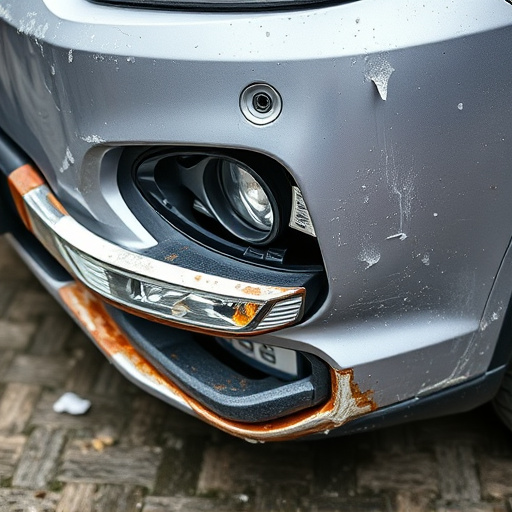
When it comes to steel panel dent repair, the choice between hand tools and power tools is a key consideration for professionals. Hand tools, such as hammers, picks, and scrapers, offer precision and control, making them ideal for intricate repairs and detailed work on cars or other vehicles with complex body panels. They are versatile, easy to use, and require no additional energy sources, making them suitable for on-the-go repairs or in areas without access to electricity. However, hand tools can be time-consuming, as they rely heavily on the technician’s skill and strength, which may lead to longer repair times.
On the other hand, power tools like impact wrenches, grinders, and sanders streamline the dent repair process significantly. These tools provide increased speed and force, enabling faster removal of dents and dings from steel panels, particularly in cases of severe car damage or vehicle collision repair. Power tools also reduce physical strain on technicians, as they often come equipped with ergonomic designs. However, their use requires training to ensure safety, and they may not be suitable for every type of dent, especially those that need intricate shaping or where precision is critical, such as in meticulous vehicle dent repair.
Advanced Techniques Using Specialty Equipment
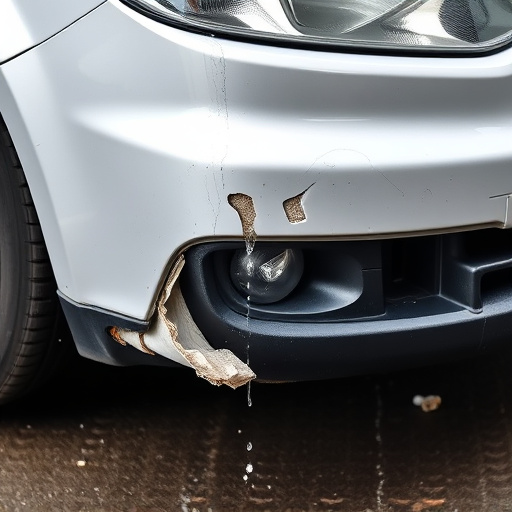
In the realm of steel panel dent repair, advanced techniques employing specialty equipment have significantly enhanced precision and efficiency. These innovative tools, designed specifically for this intricate process, allow automotive body shops to navigate complex car damage repair with finesse. From air-powered hammers to computer-aided precision machines, each piece of equipment plays a crucial role in achieving flawless results that once required extensive manual labor.
The integration of these advanced techniques has revolutionized the field of automotive restoration, enabling professionals to restore vehicles to their original condition with remarkable speed and accuracy. This not only saves time but also ensures minimal to no trace of previous dents or damage, making it a preferred choice for both professional auto body shops and car enthusiasts looking to maintain their vehicles’ aesthetics.
In the realm of professional steel panel dent repair, a diverse array of tools empowers technicians to effectively address various challenges. From hand tools for precise control to power tools for efficiency, each has its place in this intricate process. Additionally, advanced specialty equipment further enhances accuracy and results. By understanding the pros and cons of different tools, professionals can navigate the landscape of steel panel dent repair, ensuring satisfying outcomes for clients.


